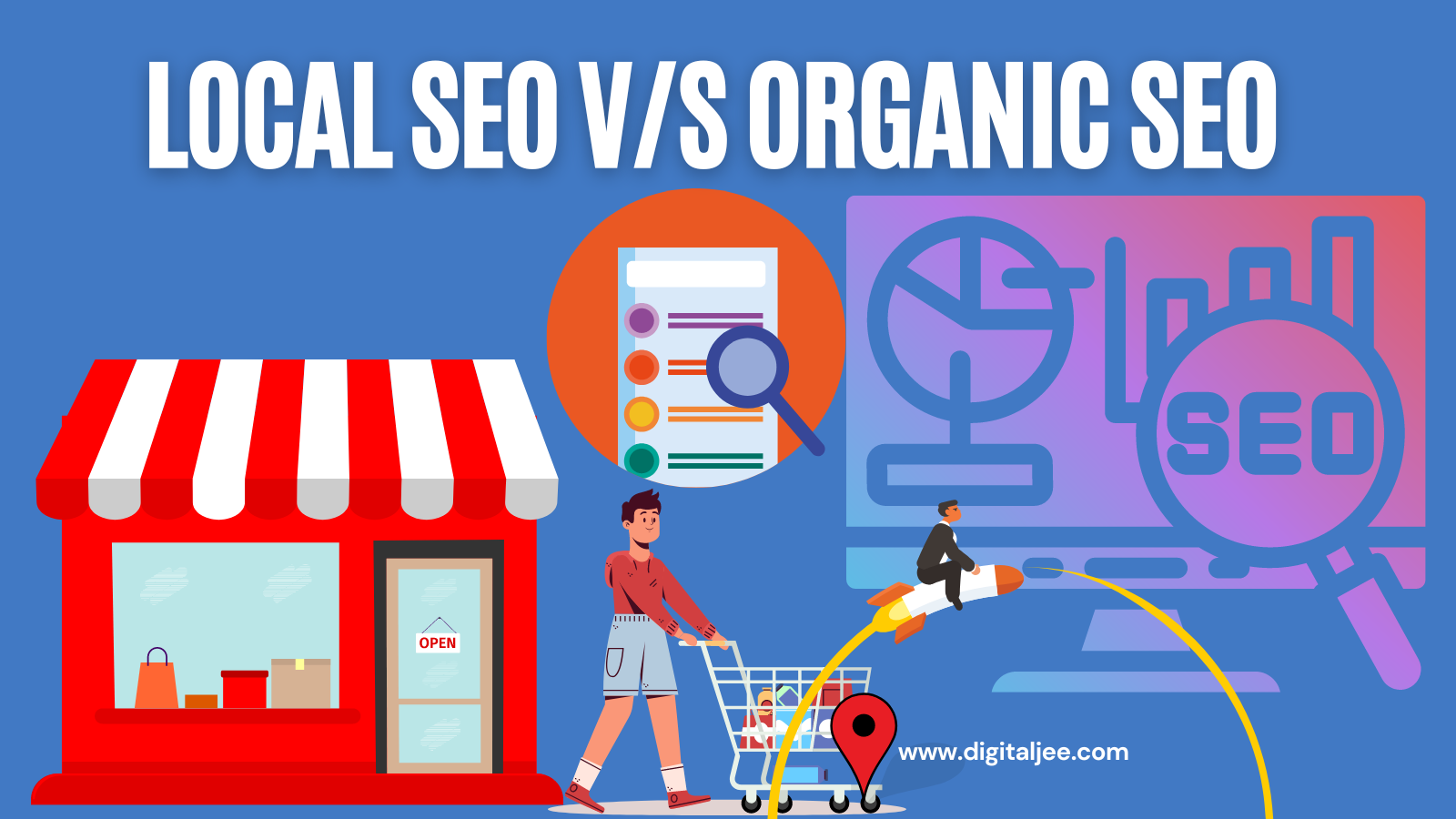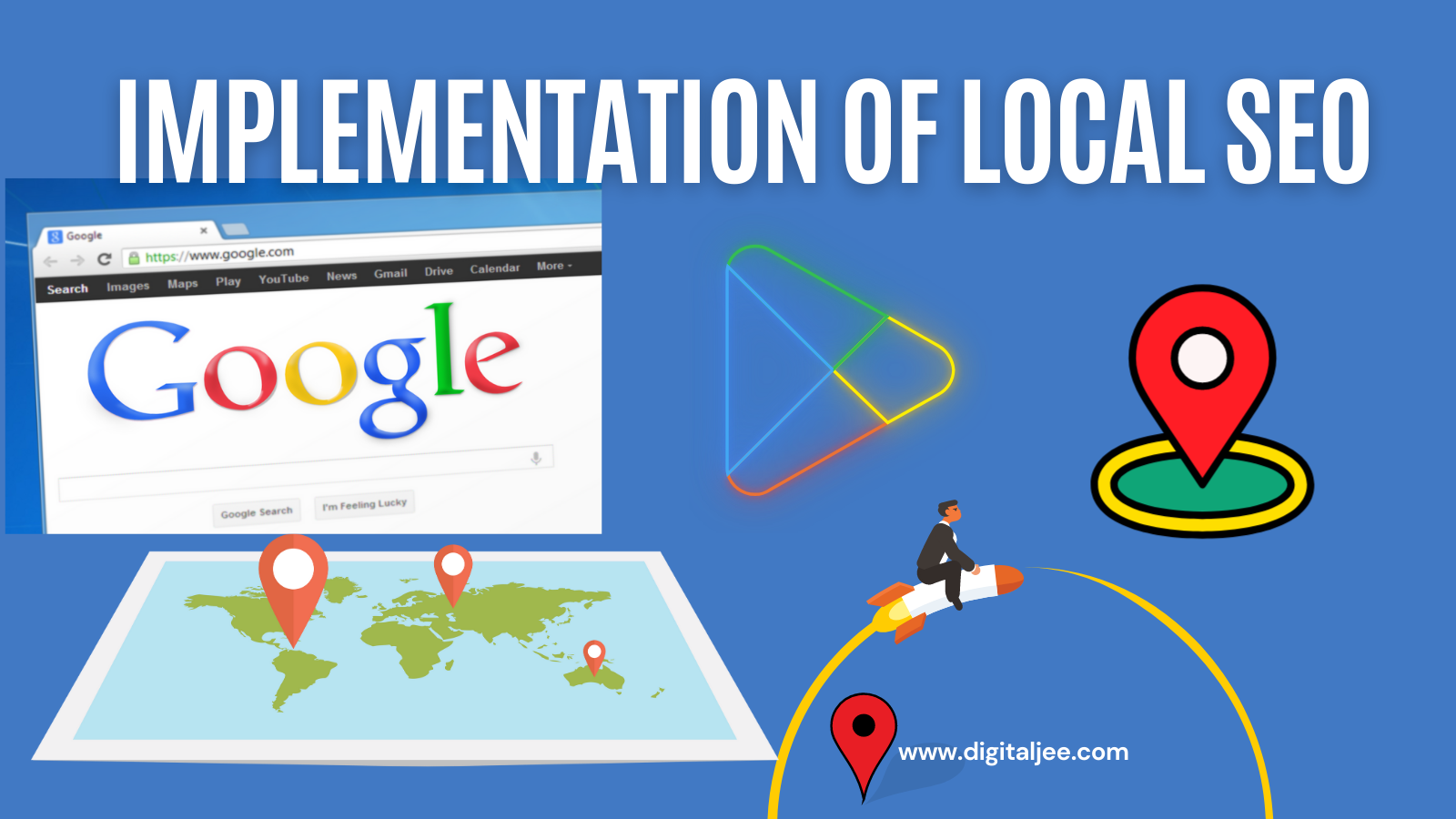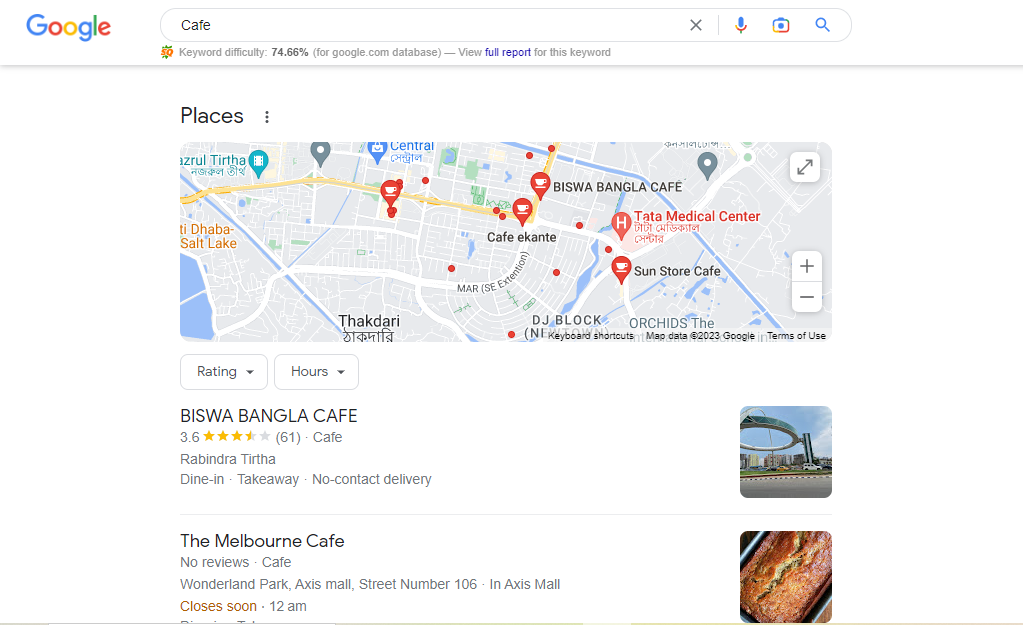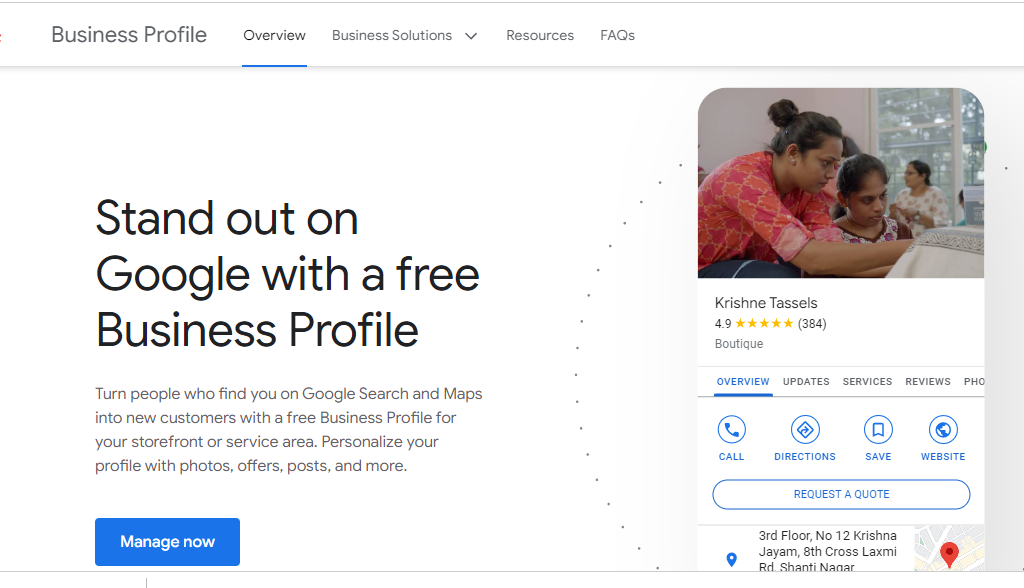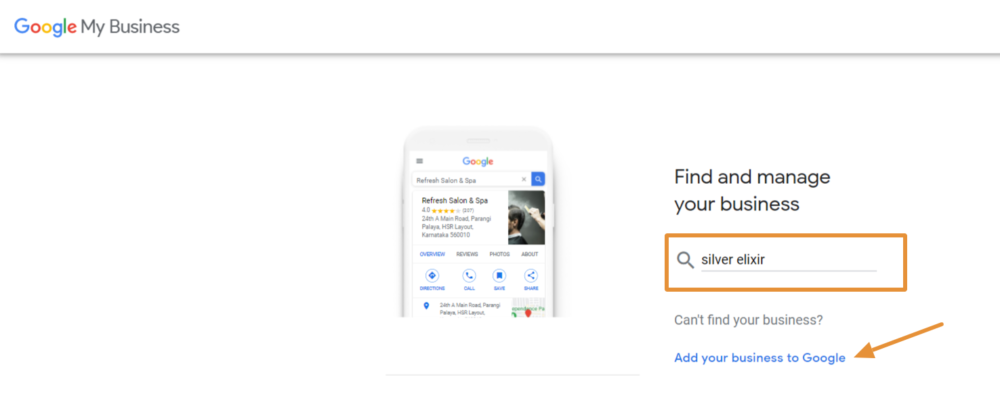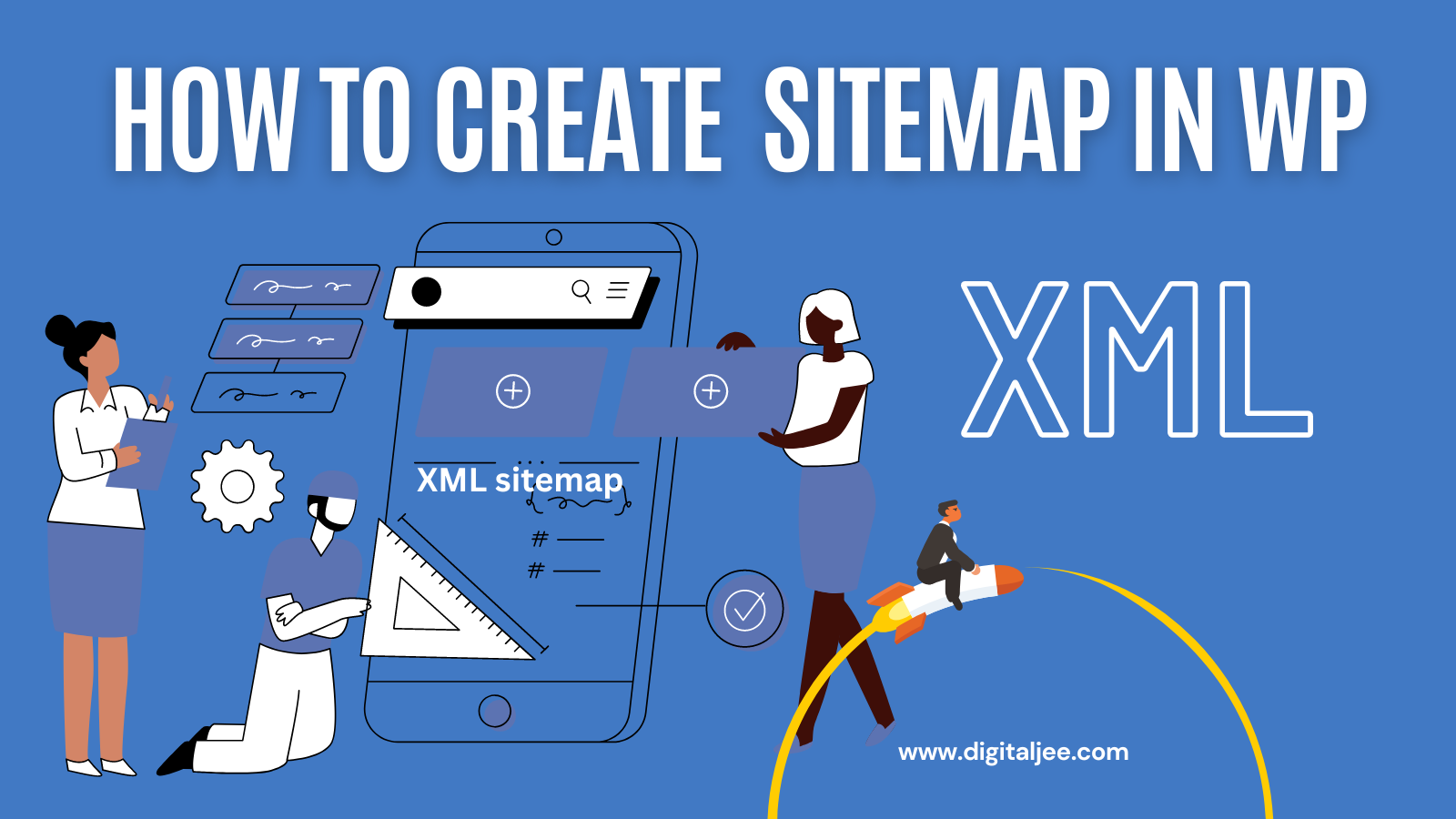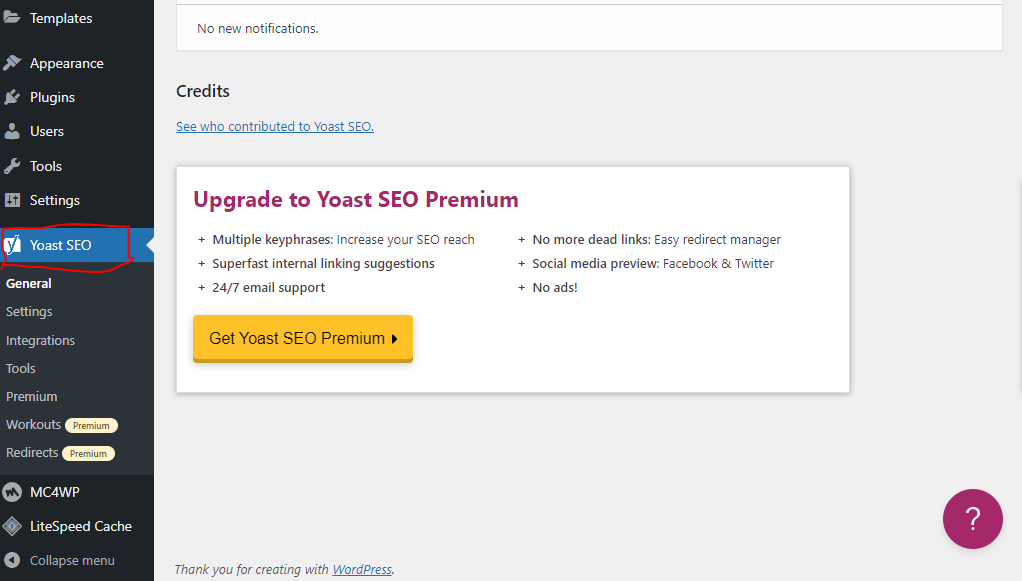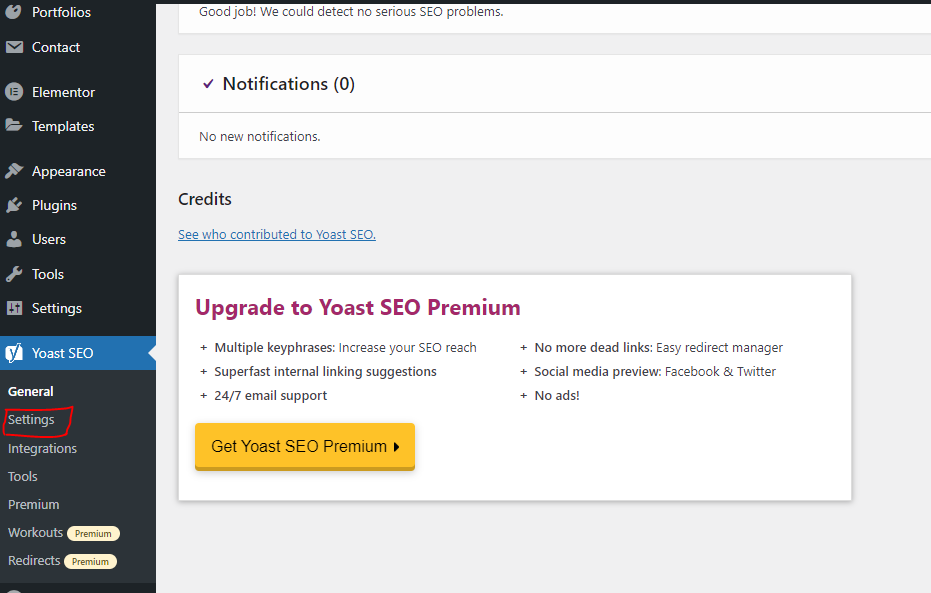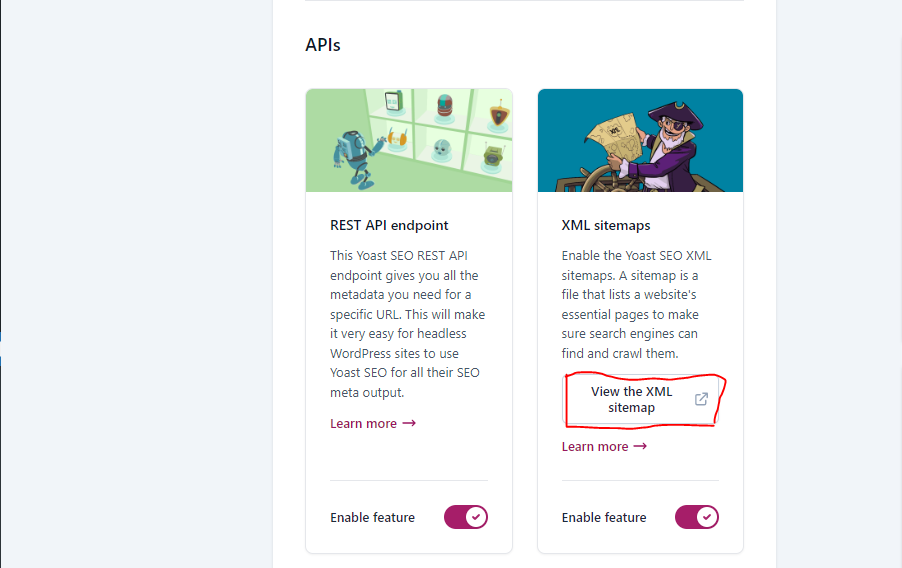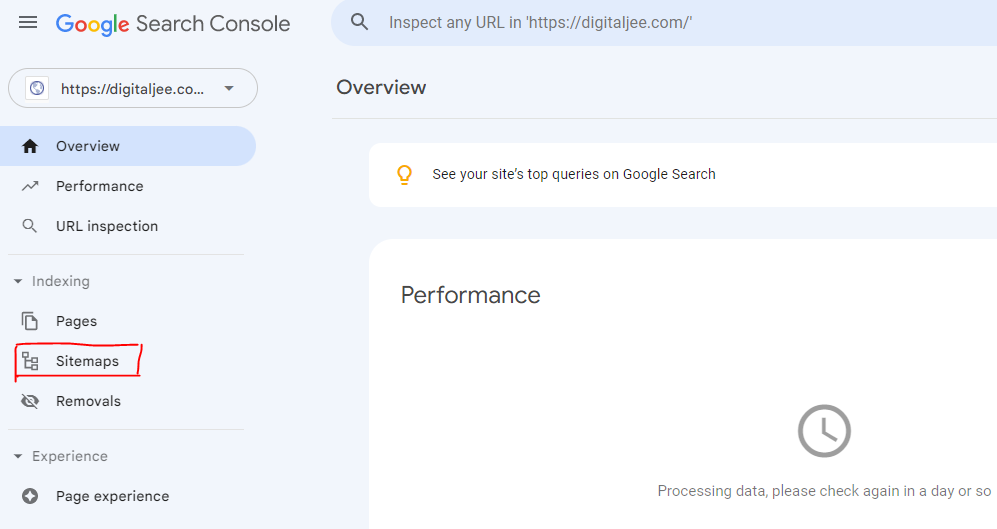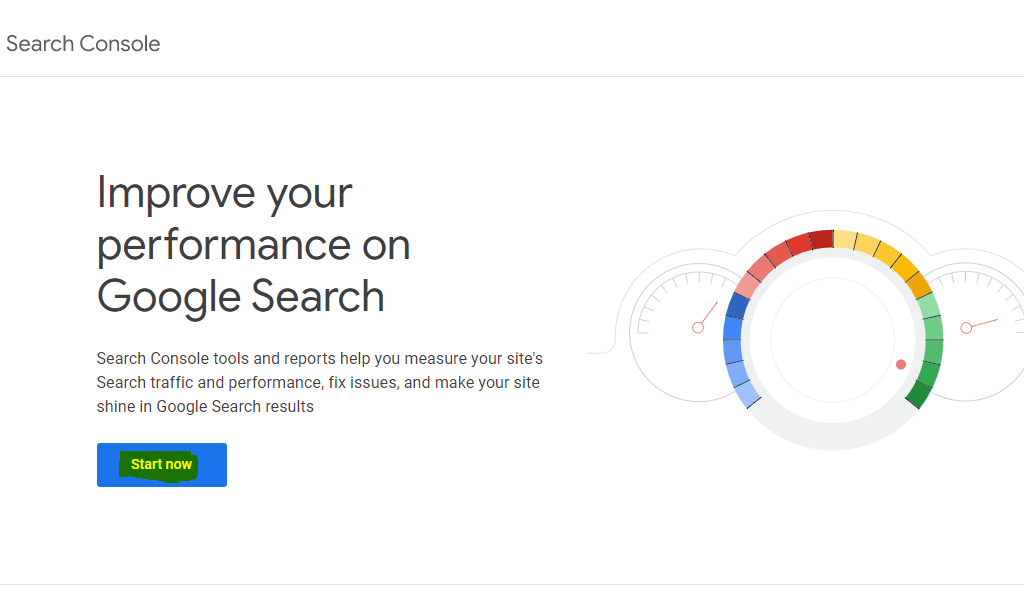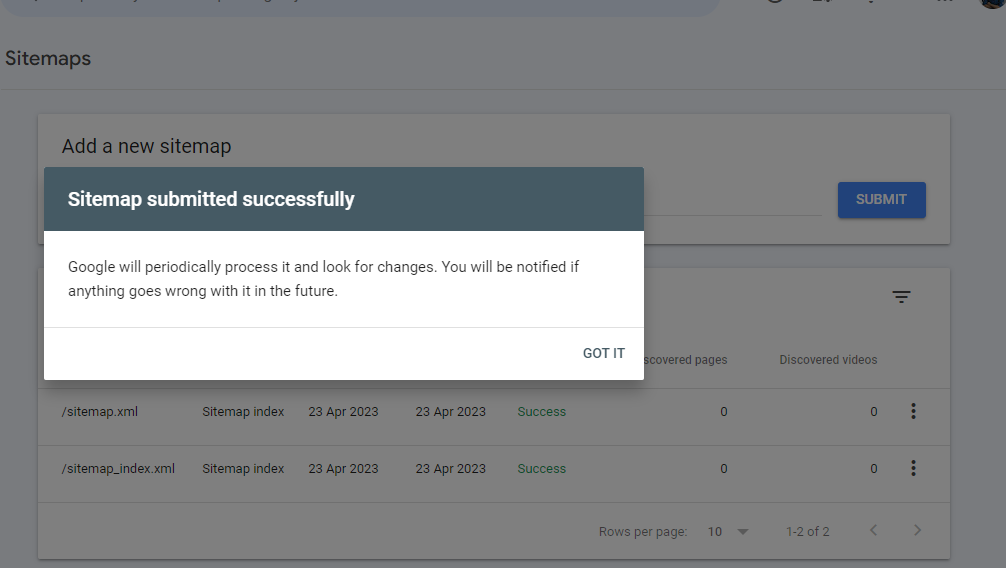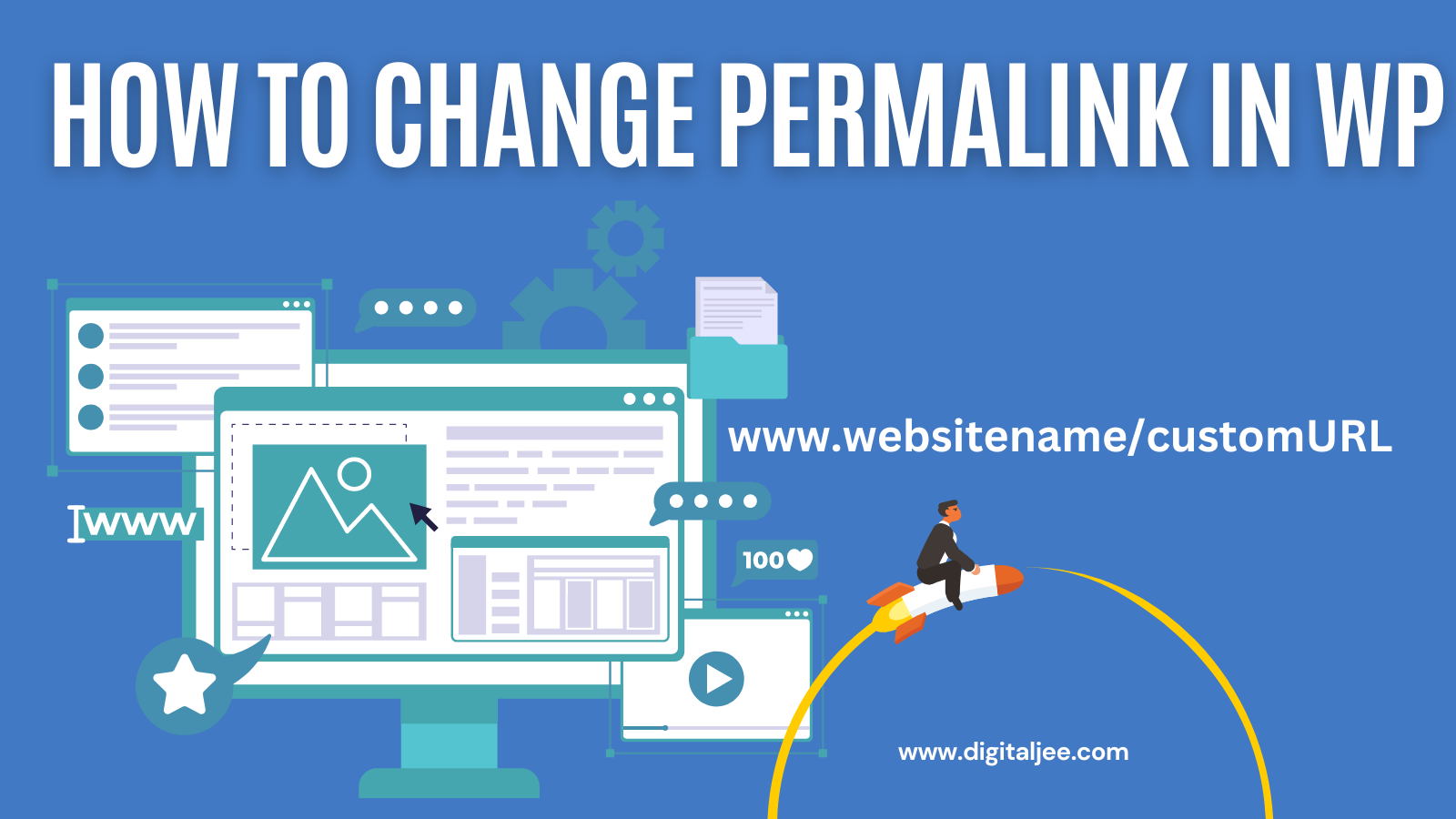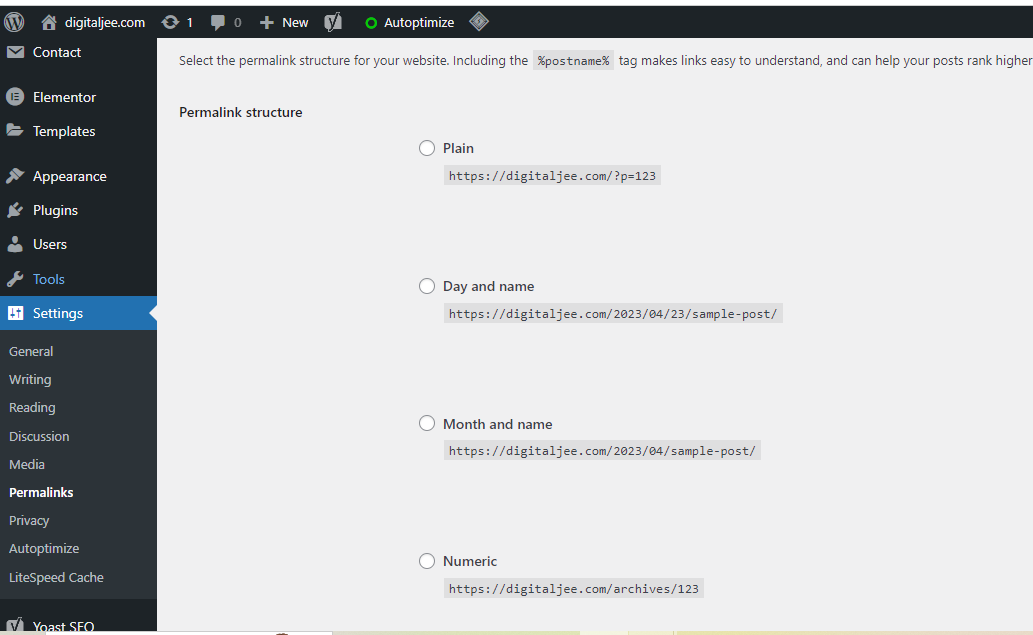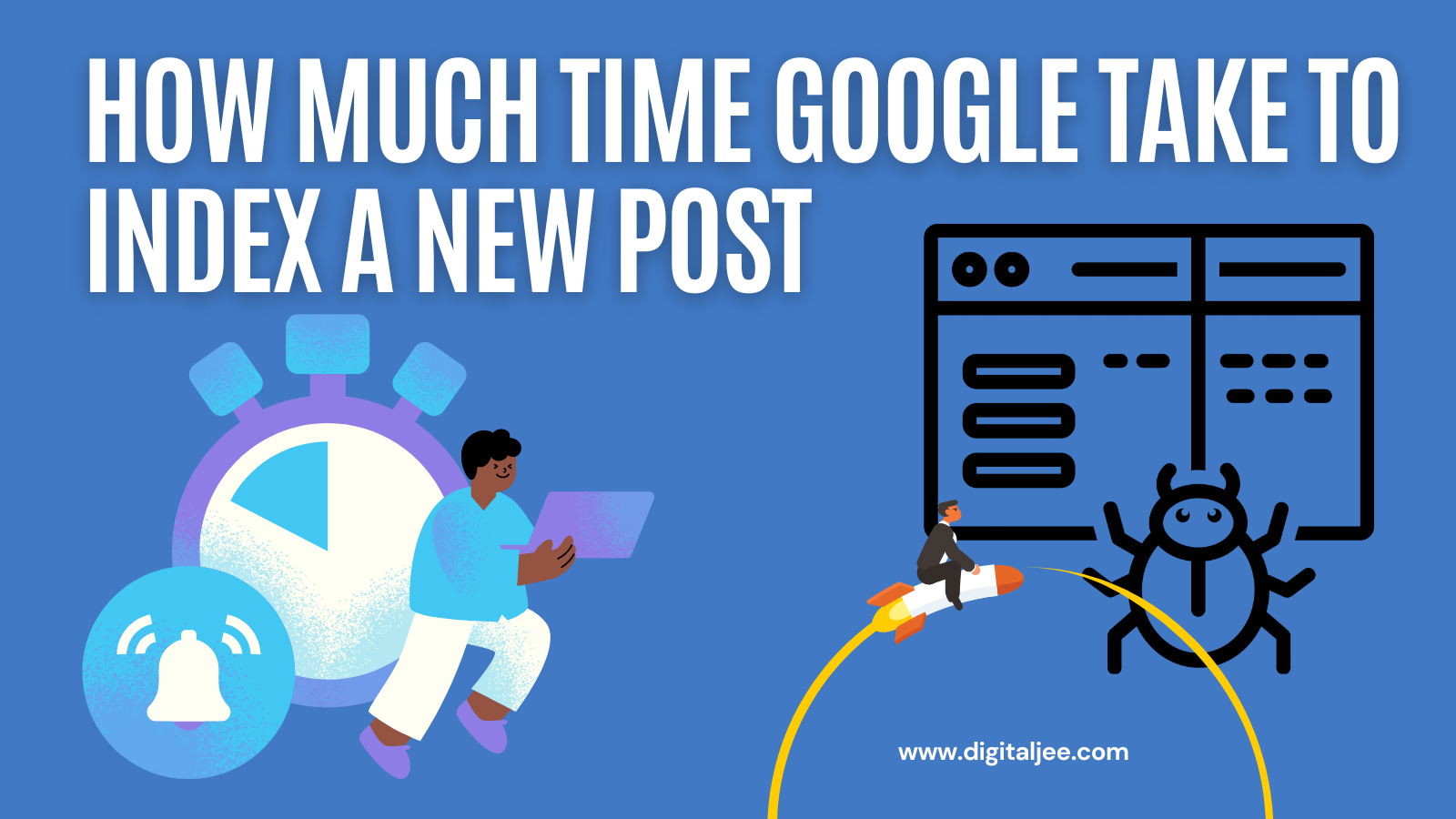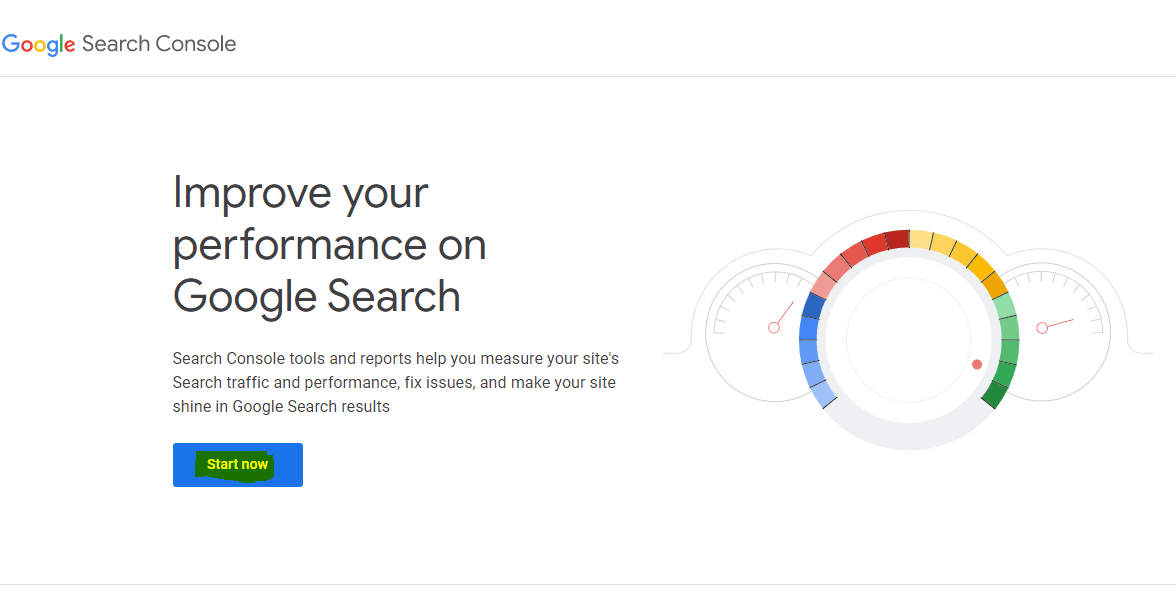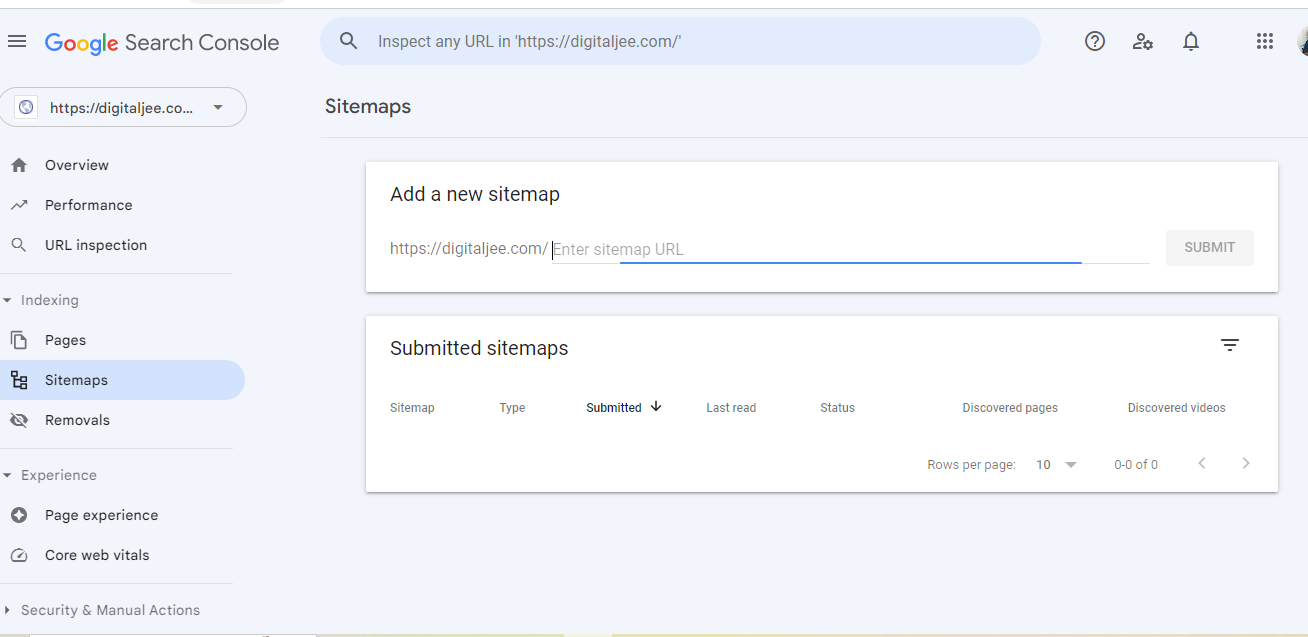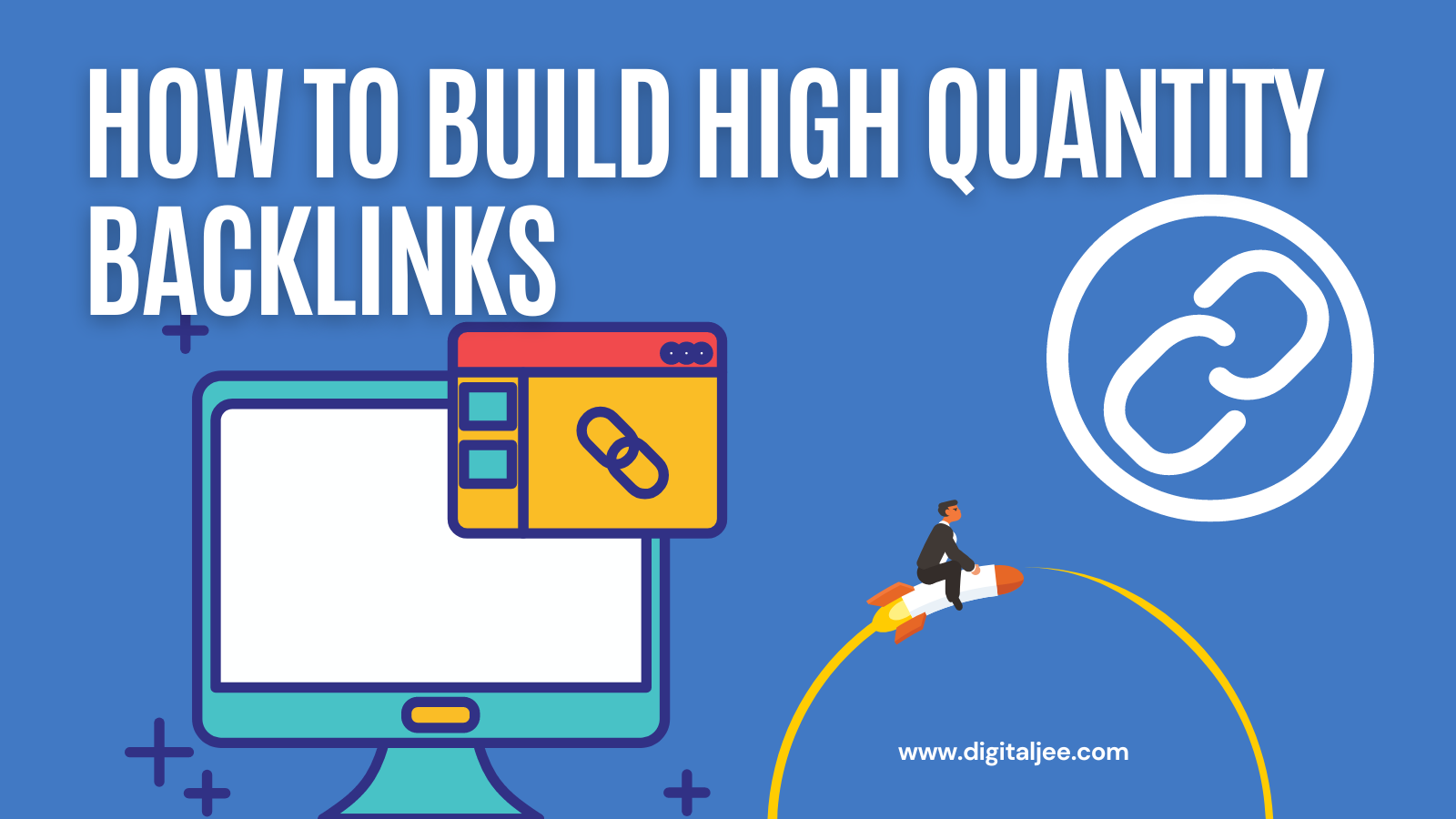Are you struggling to increase your website traffic and boost your online visibility? If so, then you need to learn and implement effective SEO techniques that will help your website rank higher on search engines. Search engine optimization (SEO) refers to the techniques and strategies used to improve the visibility and ranking of a website on search engines like Google, Bing, and Yahoo. In this article, we will explore 10 must-know SEO techniques to help you boost your website’s traffic and improve your online visibility.
Table of contents
Understanding SEO
Before you start optimizing your website, you need to have a basic understanding of SEO. The objective of SEO is to enhance a website’s online presence by optimizing its content, structure, and links to make it more relevant and appealing to both search engines and users.
This involves implementing strategies such as keyword research, on-page optimization, and link building to improve a website’s ranking on search engine results pages (SERPs) and drive more traffic to the site. By improving your website’s SEO techniques, you can increase your organic traffic and improve your website’s rankings on search engines.
Keyword Research

Keyword research refers to the practice of identifying the most appropriate and profitable search terms that your target audience uses when looking for information related to your website. This process involves analyzing various factors such as search volume, competition level, and relevancy to ensure that the selected keywords can drive high-quality traffic to your website.
By conducting effective keyword research, website owners can optimize their content and improve their website’s ranking on search engines. It involves researching and analyzing the keywords that people use to search for your products or services online. By optimizing your website for these keywords, you can improve your website’s visibility on search engines and attract more traffic to your site.
On-Page Optimization
On-page optimization involves optimizing your website’s pages and content for search engines. The process of on-page optimization involves improving various elements on your website to make it more user-friendly and appealing to search engines.
This includes optimizing your website’s title tags, meta descriptions, headers, images, and content to ensure that they are relevant and aligned with the user’s search intent. By implementing effective on-page optimization strategies, you can improve your website’s ranking on search engine result pages (SERPs) and attract more organic traffic to your site.
Content Creation

Content creation is the process of creating high-quality, informative, and engaging content for your website. It includes creating blog posts, articles, videos, infographics, and other types of content that will attract and engage your target audience. By creating high-quality content, you can improve your website’s visibility on search engines and attract more traffic to your site.
Creating Valuable and Authoritative Content
In the realm of SEO marketing, high-quality and authoritative content reigns supreme. Nothing can substitute the value of excellent content, as it is the primary driver of search engine rankings. By crafting top-notch content that caters to your intended audience, you can increase site traffic, boost your site’s relevance and authority, and improve your rankings. Enhance your web writing skills and position yourself as an authority on the subject you are writing about.
Related Article For You: How to Write an Engaging Blog Content in 2023 Must Read.
Using Keywords Effectively
To enhance the search engine ranking of your website, it is imperative to pinpoint and concentrate on a specific keyword phrase for every authoritative content page that you publish on your website. Consider how your target audience might search for that particular page by using search terms such as:
- ” Must-Try Chinese Recipes That Will Delight Your Taste Buds”
- “How to Make Chinese Cuisine Like Master Chef”
- “Try this new Chinese Cuisine in Your Home Kitchen with my recipe”
- ” 7 Simple and Tasty Chinese Recipes to Elevate Your Home Cooking Game”
Using Multiple Keyword Phrases
Ranking a webpage for multiple keyword phrases on search engines can be a daunting task, particularly if the phrases differ significantly in their meaning or context. For instance, a single page may rank well for both “Chinese Food recipes” and ” Chinese Food restaurants.” However, ranking “Authentic Chinese Cooking ” and ” Chinese Cuisine” or ” Make Chinese Food at Home” and “10 Chinese Dishes ” with a single page is improbable.
In order to optimize your website for multiple keyword phrases, it’s essential to create a unique webpage for each specific keyword phrase that you want to target.
Optimizing Keyword Placement
Once you have chosen a keyword phrase for a particular page.
Answering Can, how-to type questions can positively impact your search engine ranking. Nevertheless. It is crucial to maintain the natural and user-friendly tone of your content while incorporating keywords. Avoid excessive repetition of a particular word or phrase, such as using ” Chinese Food ” more than three times in the URL or repeating “Chinese Cuisine” in the page title and every heading. Remember, readability and usability are more critical than search engine optimization.
Placing Quality Content
Aside from the page URL, title, and headings, the content is the most influential factor in search engine rankings. To optimize your webpage for a specific keyword, include the keyword phrase multiple times in the content, including in the introduction and conclusion paragraphs, as well as two to four times in the body of the text. Ensure that the content on your website is authoritative and includes strategic links to relevant sources and additional information, both within your organization’s website and other useful websites.
You can use bold, italics, and heading tags, especially an H1, as well as other emphasis tags to highlight your targeted keyword phrases. However, be careful not to use these tags excessively. You still want your writing style to read naturally and be user-friendly. Never compromise good writing for SEO. Remember that the best pages are written for the user, not for the search engine. You can read more about SEO marketing to identify new content opportunities.
Link Building
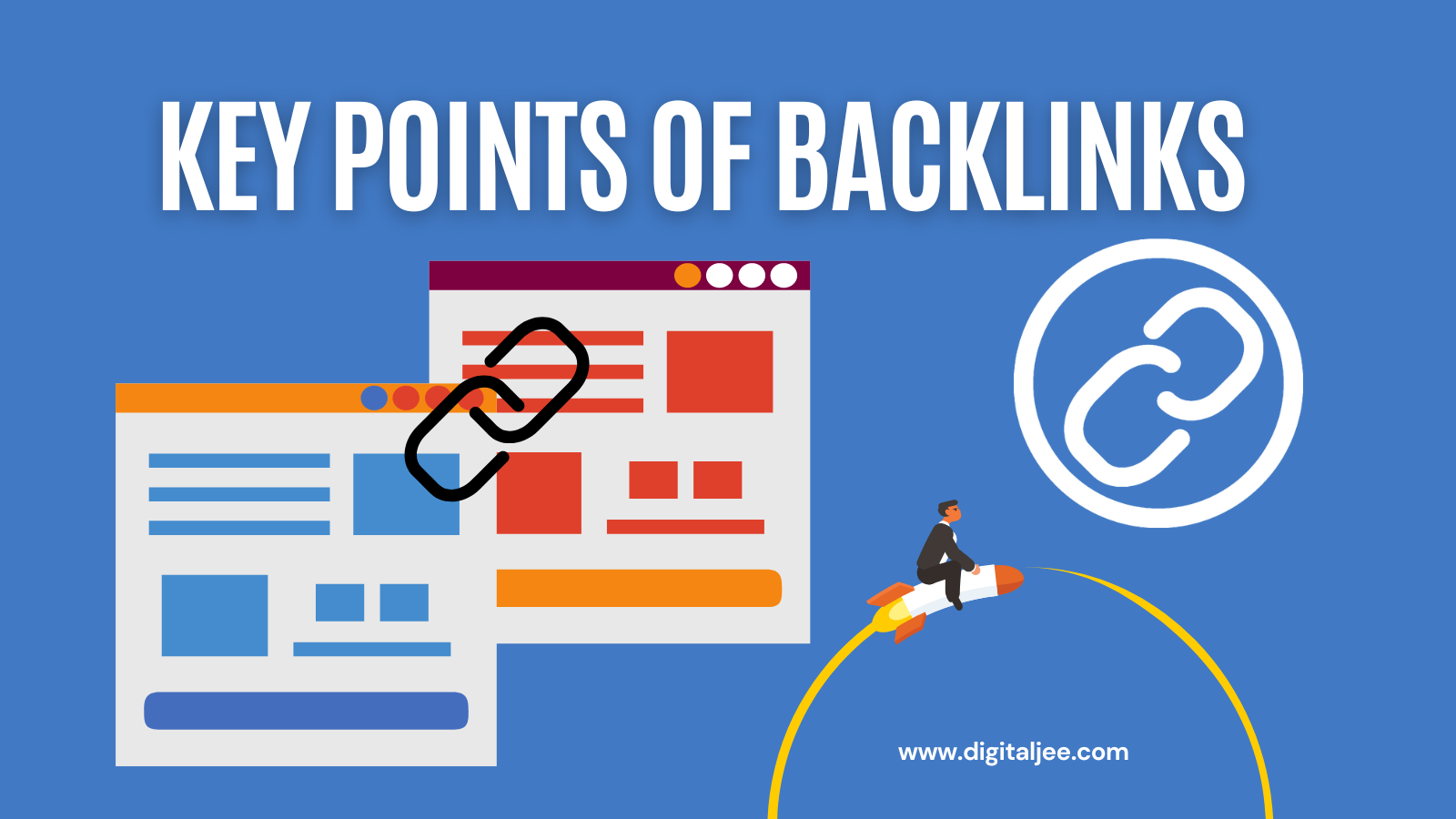
Link building refers to the practice of obtaining valuable and relevant links from external websites to your own website. It involves creating high-quality content, building relationships with other websites, and promoting your content to attract backlinks. By acquiring high-quality backlinks, you can improve your website’s authority and visibility on search engines.
Mobile Optimization
Mobile optimization refers to the process of improving your website’s functionality and design to provide a better user experience for visitors who access your site through mobile devices. It includes creating a mobile-friendly website, optimizing your website’s design and content for mobile devices, and improving your website’s loading speed on mobile devices. By optimizing your website for mobile devices, you can improve your website’s visibility on search engines and attract more mobile traffic to your site.
Site Speed
Site speed is an important factor in SEO. A slow website can negatively impact your website’s rankings on search engines and reduce your website’s visibility. To improve your website’s speed, you can optimize your website’s images, use a content delivery network (CDN), and optimize your website’s code.
User Experience
User experience (UX) plays a significant factor in terms of SEO. A website that provides a positive user experience can improve your website’s rankings on search engines and attract more traffic to your site. To improve your website’s user experience, you can optimize your website’s navigation, improve your website’s design, and make your website’s content easy to read and understand.
Social Media Integration
Social media integration is the process of integrating your website with social media platforms, such as Facebook, Twitter, Instagram, and LinkedIn. By integrating your website with social media, you can promote your content, engage with your audience, and attract more traffic to your site. You can also use social media to build relationships with influencers in your industry and attract more backlinks to your site.
Analytics and Tracking
Analytics and tracking are essential for SEO. By tracking your website’s performance, you can identify areas for improvement and optimize your website for better results. You can use tools like Google Analytics to track your website’s traffic, conversion rates, and other key metrics. By analyzing this data, you can make informed decisions about how to optimize your website for better results.
Conclusion
SEO is a crucial aspect of digital marketing that can help businesses attract more traffic to their website. Moreover, by improving their online visibility, and ultimately, drive more sales and revenue. By implementing the 10 must-know SEO techniques outlined in this article, website owners can ensure that their website is optimized for search engines and their audience.
From conducting keyword research to building high-quality backlinks, these techniques can help businesses stay ahead of the competition and achieve long-term success online. Remember to track your website’s performance and make data-driven decisions to continuously improve your SEO techniques.
FAQs:
1. Can you explain the significance of SEO for your website?
SEO, short for search engine optimization is the practice of improving a website’s visibility and ranking on search engines such as Google through various optimization techniques. SEO is important for websites because it can help them attract more traffic. Moreover, improve their online visibility, and ultimately, drive more sales and revenue.
2. How to find the steps to keyword research for my website?
To do keyword research for your website, you can use tools like Google Keyword Planner, SEMrush, or Ahrefs. These can also help to find keywords that are relevant to your business and have high search volumes. You should focus on long-tail keywords, which are more specific and have less competition than shorter, broader keywords.
3. What are some on-page optimization techniques that I can use to improve my website’s visibility on search engines?
Some on-page optimization techniques that you can use to improve your website’s visibility on search engines include optimizing your title tags and meta descriptions and using header tags (H1, H2, H3, etc.). By incorporating keywords into your content, and optimizing your images and videos you can make it more optimized.
4. What is link building, and how can I use it to improve my website’s authority and visibility?
Link building refers to the process of obtaining high-quality inbound links to your website from other websites. Backlinks are important for SEO because they can help improve your website’s authority and visibility on search engines. To build backlinks, you can create high-quality content. You can also reach out to other websites in your industry, and guest post on other websites.
5. How can I track my website’s performance and identify areas for improvement?
You can track your website’s performance using tools like Google Analytics. Which can provide insights into your website’s traffic, conversion rates, and other key metrics. Through you can use the analysis of this data to make the right decisions to enhance your website’s performance.




